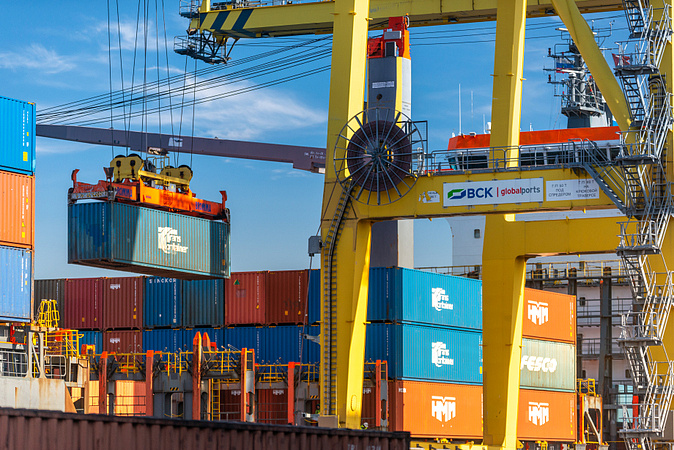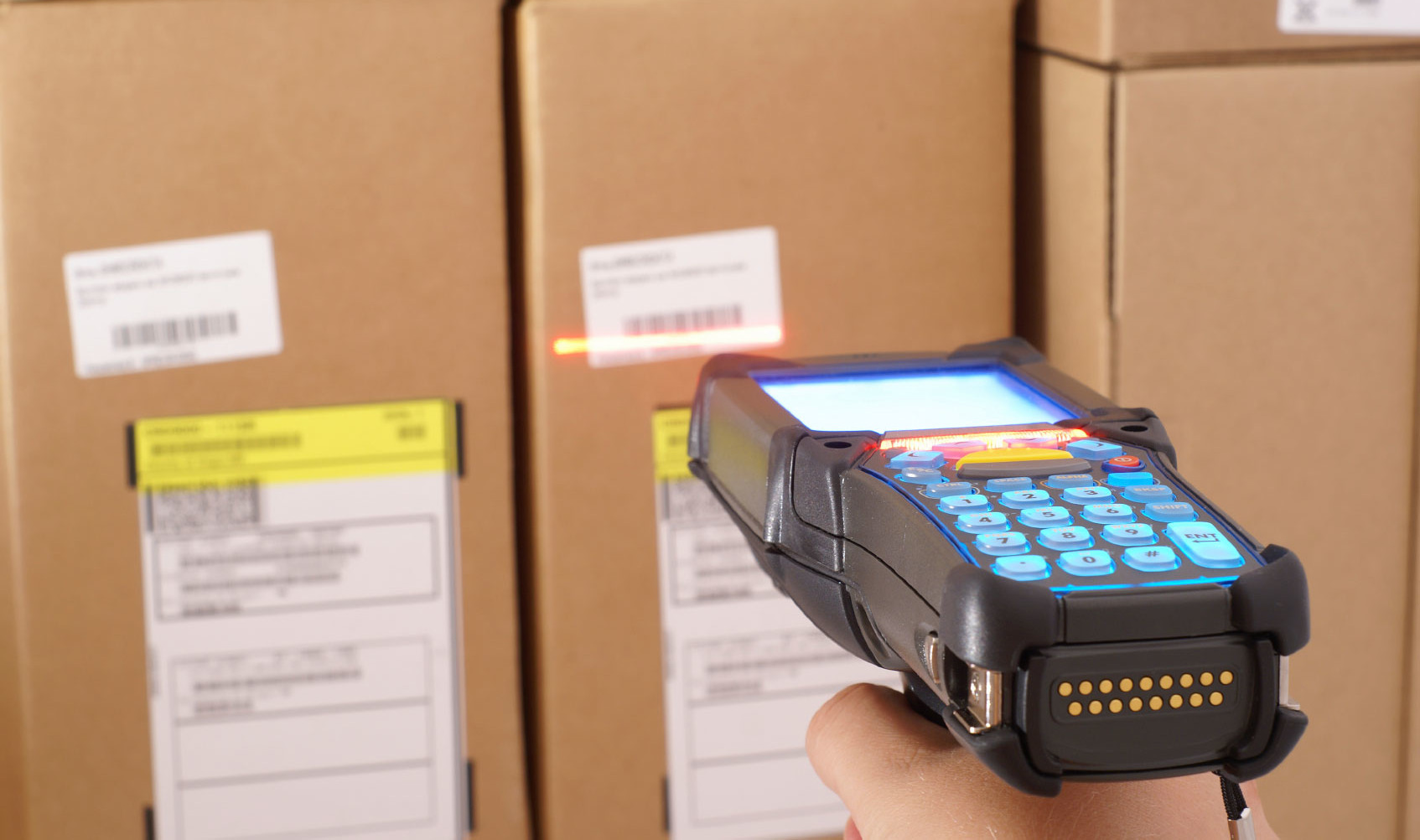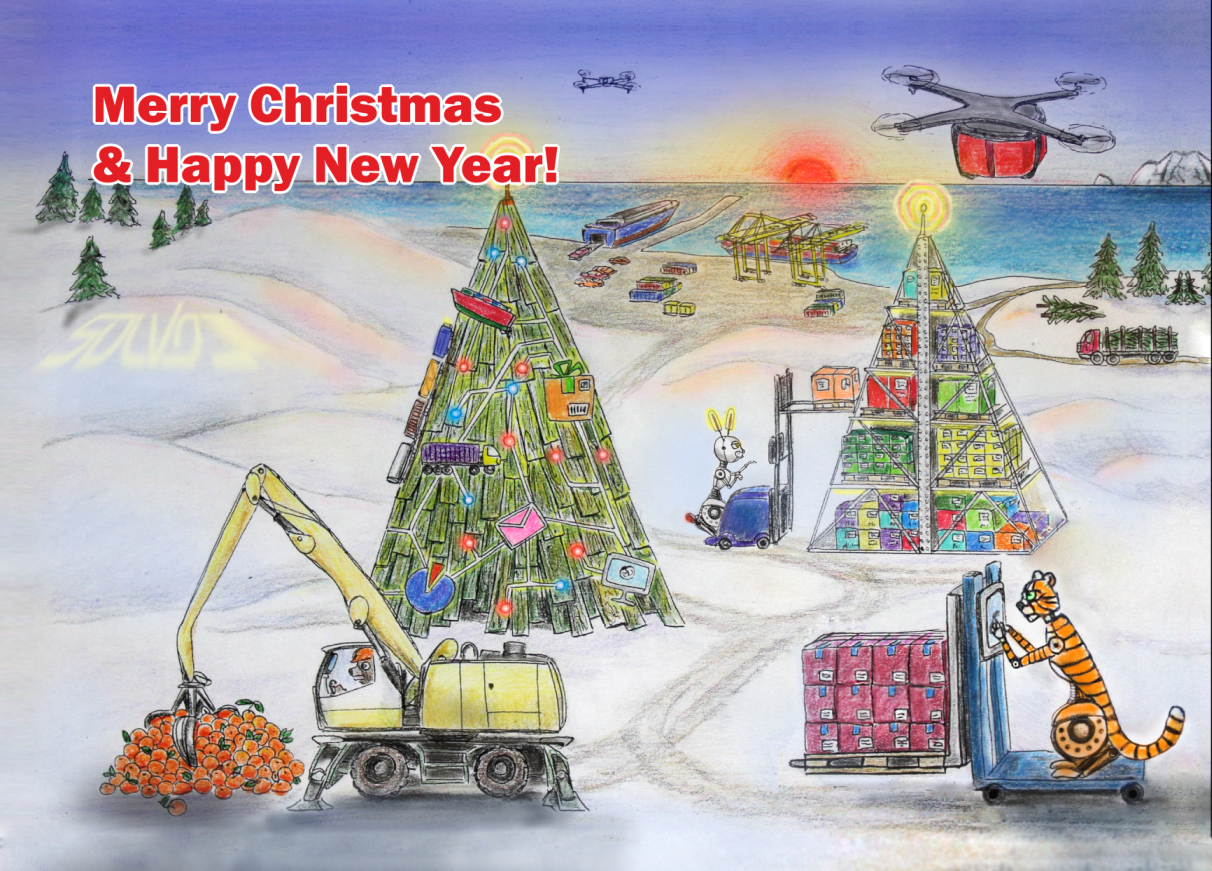





When one mentions a terminal operating system we automatically think about vessel stowage or berth planning. This however would be a too superficial approach to a modern TOS as systems of today can handle any type of terminals and processes and inland railway is not an exception.
On the 30th of March in Moscow, Solvo participated in one of the first offline conferences since the start of the pandemic the “Digitalization of the Transport Industry: Achievements, Efficiency, Prospects”. The event participants discussed new digital services in the freight and rail transportation. These are new technologies for managing transport fleets and cargo traffic, systems for tracking and monitoring cargo flows, web portals and RPA platforms, new IT products and of course - the new Solvo.TOS version for inland railway terminals that was introduced by Daniil Pershin during his speech.
Handling block trains together with individual carriages, dispensing empties and managing holds might be challenging at times. That is why Daniil elaborated on how exactly Solvo.TOS addresses these issues and boosts the performance of railway container terminals.
Solvo.TOS features out-of-the-box integration with popular 3rd party systems and hardware used in major container terminals all over the World. For example, these are automated gate management systems (AGMS) that use optical character recognition (OCR) technology. AGMS software recognizes and decrypts the numbers of railcars or containers and registration numbers of trucks entering through the gates taken by the OCR cameras, and transmits these to SOLVO.TOS wich in analyzes and organizes, correlates with the cargo handling operation plan and automatically corrects it based on new data.
Solvo.TOS also helps to automate and speed up the handling of container block trains. The system manages the train schedule at the terminal, plans the position of rail cars on tracks, makes a container selection for loading. Solution considers the characteristics of all rolling-stock – its length, distance travelled and coupling of each rail car. It takes only 10-15 minutes to plan the loading at the container block trains!
Similarly, Solvo.TOS receives data from various sensors, tablets, smartphones of terminal employees, and a client web portal. The system integrates with popular or even individually developed ERPs, technological equipment (RTG or RMG cranes, traffic control systems for handling mechanisms etc.), distributes the work of equipment and personnel. SOLVO system also interacts with external resources: electronic document management systems, customs and contractor services, local databases, geolocation systems and others. And finally, Solvo.TOS helps unite several terminals into a single digital ecosystem, ensuring their interaction in a single and save information space. As a result, all this gives more and happier customers, less routine operations and essentially more earnings to railway container terminals.
The new version of Solvo.TOS 7.0, concluded Daniil Pershin, is adapted to the technical and documentary specifics of container terminals in Europe, Middle East and Africa.





